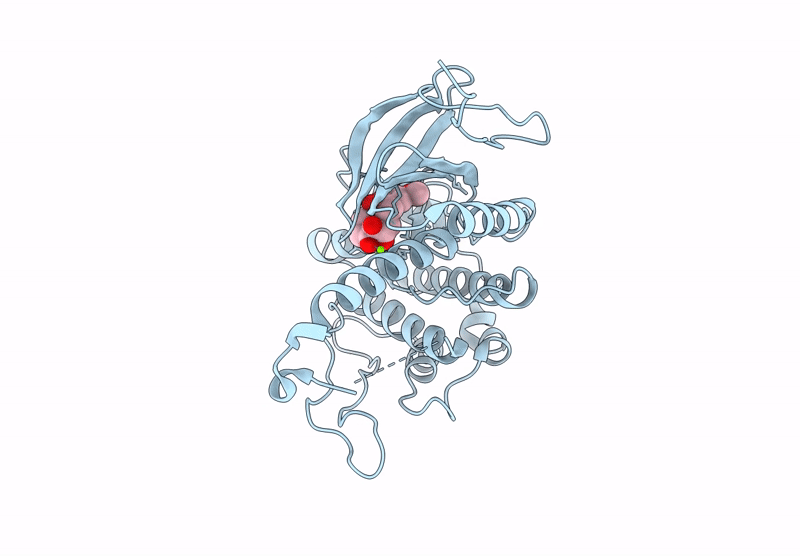
Deposition Date
2024-03-15
Release Date
2025-01-22
Last Version Date
2025-01-22
Method Details:
Experimental Method:
Resolution:
2.50 Å
R-Value Free:
0.32
R-Value Work:
0.23
R-Value Observed:
0.23
Space Group:
C 2 2 21


